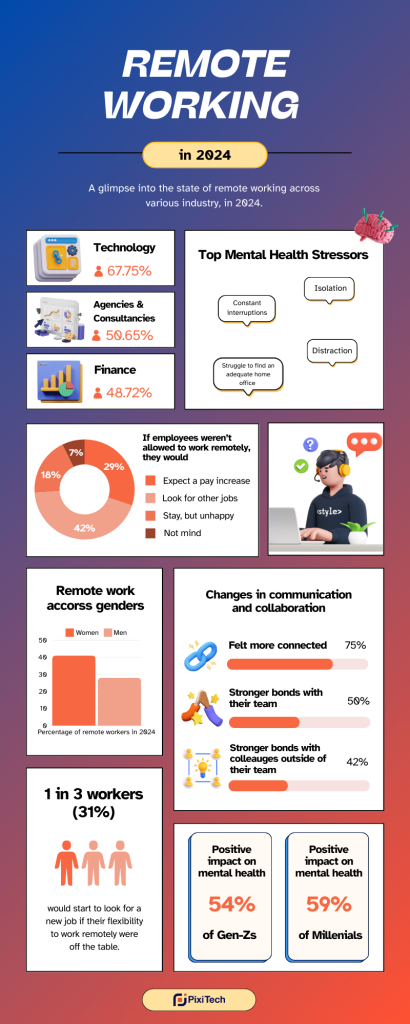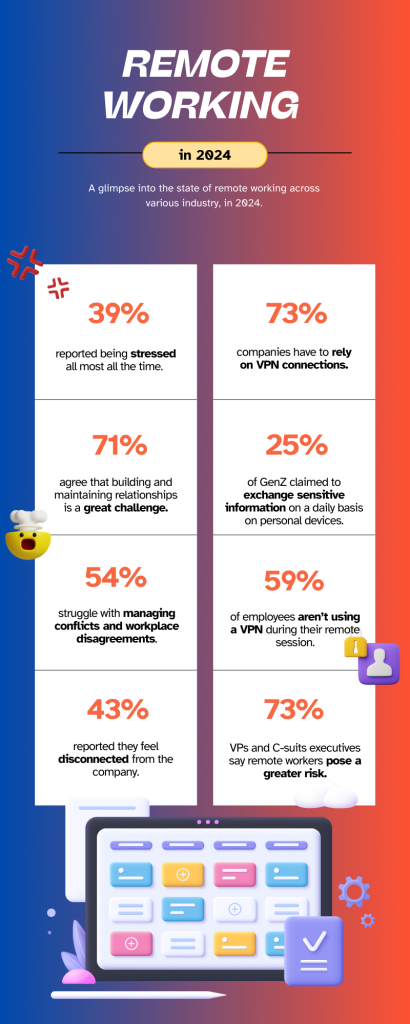
Applied Ventures’s Global Head Anand Kamannavar
Applied Ventures, a stage-agnostic venture arm of global semiconductor major Applied Materials, primarily focuses on artificial intelligence (AI), machine learning(ML), big data, energy-efficient computing, extension of Moore’s Law, advanced materials, advanced displays, software, and the broader semiconductor and display ecosystem. Established in 2006, Applied Ventures invests up to US$100 million in startups annually and has backed over 90 companies across 19 countries, including in Asia Pacific.
In this interview with e27, Applied Ventures’s Global Head, Anand Kamannavar, discusses the venture arm’s key focus areas, investment criteria, trends, and expansion.
Edited excerpts:
Can you share what Applied Ventures looks for in startups across different stages? How does being stage-agnostic influence your investment decisions?
Applied Ventures invests in startups from seed to growth stages. We support them through ideation, incubation, commercialisation, and scale by providing the necessary technology and know-how and making connections. We will invest and partner with startups regardless of their stage.
For early-stage investments, we look for scalable technical disruptions that enable new markets or disrupt existing markets, management’s plan to de-risk the technology with fast learning cycles, and ways that partnership with Applied can help the company reach their milestones efficiently.
For growth-stage investments, we focus on customer and revenue traction, unit economics, ability to capture value, management experience with scaling, strength and defensibility of intellectual property (IP), scaling up plans and ways that can help accelerate their growth through active partnerships with Applied’s business units.
How does Applied Ventures identify “disruptive technologies” in semiconductors, AI, robotics, and advanced materials? What criteria or signals stand out?
We identify disruptive technologies by working closely with the ecosystem across the Materials to Systems stack. As one of the key players in the broader semiconductor, display, and deep tech ecosystem, we have unique insights into some of the industry’s key high-value problems, and we then actively look for disruptive technologies that can solve these challenges.
We have a solid track record of anticipating trends early, seeing around the corners ahead of the curve and partnering with startups. A good example is our investments over the last few years in areas that are currently attracting significant investment, such as photonics, advanced packaging, and energy-efficient computing.
Also Read: From keypads to chips: How Polymatech advances semiconductors with sustainability at the core
Our criteria for investment have always been scalable technologies led by teams that understand the problem, identify effective pathways to reduce risks efficiently, and actively seek to partner with Applied Materials to mitigate these risks.
You invest up to US$100 million annually—what guides your allocation of these funds across regions or sectors, especially given recent global shifts in the semiconductor and deep-tech industries?
Our mission is to accelerate the development of cutting-edge technologies by providing capital, expertise, and connections to a global network of resources.
We also closely observe and respond to the evolving needs of the semiconductor and deep tech markets. We will prioritise regions and sectors based on the number and quality of startups driving disruptive innovation in our areas of interest.
The other element of our consideration in investment is the maturity of regional ecosystems with a strong focus and support in the semiconductor and deep tech startup scene.
Applied Materials is also present in 150 cities in 24 countries globally, which enables Applied Ventures to effectively identify, invest in, and support promising startups worldwide.
What role does Applied Ventures play in the broader corporate VC (CVC) landscape, and how do you see that role evolving in the coming years?
Applied Ventures plays a prominent role in the CVC and VC landscapes by leveraging our strong connections with Applied Materials, Applied’s customers, customers’ customers and supply-chain partners to drive scalable innovation in the semiconductor and deep tech industries. By actively collaborating with other CVCs and VC firms, we help portfolio companies reduce risk efficiently and promptly.
We are already expanding our global reach in markets like North America, Asia and Europe, fostering partnerships with local deep tech innovators, VCs, CVCs and collaborating with universities, accelerators and regional government entities.
We have also set up unique joint funds in Korea and Taiwan, and we plan to expand this model to other regions with local partners. We aim to remain a catalyst for deep tech innovation worldwide and help deep tech startups scale their ideas to create a significant impact through a collaborative ecosystem.
In the coming years, we will continue to focus on collaborating with emerging technologies and regional ecosystems, particularly in areas of interest mentioned above.
How does Applied Ventures leverage Applied Materials’s infrastructure and expertise to support early-stage startups? Can you share examples of how these resources have helped startups accelerate growth?
We provide startups access to state-of-the-art labs and R&D facilities globally, which are crucial for scaling deep tech innovations. We also have customer sites and collaborations in regions like Asia, the US and Europe, and we are expanding engineering and supply-chain capabilities in Singapore and India. These resources help startups accelerate growth by moving from lab-scale innovations to large-scale manufacturing.
Our collaboration with VVDN India has been a good example of growth-stage startup collaboration, where we partner with them to expand their role in the electronics value chain.
Beyond funding, what unique advantages or benefits does Applied Ventures provide to help startups navigate scaling challenges in deep-tech industries?
Applied Ventures leverages technical and industry expertise to accelerate startup ecosystems. Through the ASTRA (Applied Startup Technology & Research Accelerator) for startups in India, Singapore, Korea and Taiwan, we help identify and partner with relevant deep tech startups by offering consultation, joint development and investment opportunities.
We also connect startups with our network of customers, supply chain partners and co-investors (both corporate and financial VC and PE firms), providing access to new materials engineering and semiconductor technology innovations. Our global innovation infrastructure enables startups to validate high-performance devices and scale faster.
Also Read: Driving semiconductor innovation: AMD’s vision for AI and sustainability in Singapore
Finally, startups that work closely with Applied Materials gain financial support and the opportunity to collaborate with leading experts in various scientific fields, driving successful outcomes for our portfolio companies.
The latest ASTRA cohort focuses on critical areas like AI, semiconductors, and supply chains. How does this year’s cohort align with Applied Ventures’ broader goals and industry priorities?
This year’s ASTRA India/Singapore cohort aligns with Applied Ventures’s broader goals and industry priorities by focusing on AI, semiconductors, and supply chains. These are central to advancing deep tech and driving the semiconductor roadmap forward. By supporting startups in these fields, Applied Ventures fosters innovations that enhance energy efficiency, increase computational power, and drive technological progress.
Additionally, the emphasis on supply chain solutions addresses the need for resilient and efficient systems in a global market, aligning with the need to solve real-world problems and drive industry advancements.
Overall, this cohort showcases globally relevant startups with local home-grown innovations, in line with Applied Ventures’ strategic goal of advancing the industry.
What market or technological trends are most exciting to Applied Ventures?
Applied Ventures is excited about multiple markets and technological trends that align with our mission of using materials engineering (defined as atomic engineering on an industrial scale) to drive the semiconductor industry’s revenue from US$0.5 trillion to over US$1 trillion by the year 2030, as well as to address multiple opportunities that will shape the future.
Key trends include:
- The growth of AI, including Gen AI, and the need for energy-efficient computing to address the power consumption challenge for AI data centres in both training and inference applications. This includes advanced packaging, chiplets, heterogeneous integration, and thermal management solutions.
- Increased productivity through agentic AI and software bots that collaborate with one another.
- New manufacturing technologies that integrate robotics/cobotics, fab automation and the global supply chain.
- Quantum technologies (computing, communication and sensing) and the integration of classical and quantum computing models.
- The autonomy and electrification of vehicles, achieving internal combustion engine cost parity and Level-5 autonomy simultaneously.
What challenges do startups face in entering and thriving in the semiconductor ecosystem, and how does Applied Ventures help mitigate those challenges?
Startups entering the semiconductor ecosystem face challenges such as scalability, capital intensity, access to advanced facilities, regulatory and market dynamics, and talent acquisition.
We aim to mitigate these challenges by providing them access to state-of-the-art labs and fabs, financial support from seed to growth stages, expertise and collaboration with leading technologists at Applied Materials, a global network to connect with customers and partners, key talent recruitment and strategic guidance to align innovations with industry needs. This comprehensive support helps startups mitigate risks, drive innovation, and launch scalable products in the deep-tech ecosystem.
What is your perspective on the future of the semiconductor market, especially in relation to emerging technologies like high-performance computing, autonomous vehicles, and AI?
The future of the semiconductor market is incredibly promising, driven by emerging technologies like high-performance computing, autonomous vehicles, AI and the intersection of semiconductor and deep tech across multiple domains. One of our key focus areas is improving energy efficiency, which is crucial for enabling GenAI, as it consumes significantly more energy than traditional internet searches.
We are investing in both hardware and software innovations, including large science models for Physics, Chemistry and Materials science. With a strong portfolio in semiconductor and deep tech, Applied Ventures is well-positioned to collaborate with startups, particularly in India and Singapore, to drive innovation and efficiency in the semiconductor market.
With investments in over 19 countries, how does Applied Ventures approach global expansion? Are there specific regions you are particularly focused on for future growth?
Our approach to global expansion is based on experience and a strategic focus on deep tech. Our investments align with Applied Materials’s goals, focusing on the entire Materials to Systems stack, from lab to fab. We are particularly excited about the semiconductor and deep tech space and look forward to supporting groundbreaking innovations globally with a key focus on North America, Europe and Asia.
Across India, Singapore and Southeast Asia, we have seen the deep tech startup system grow significantly in the past few years, with many more startups in our interest areas of semiconductors, photonics, robotics, manufacturing, software and AI/ML/Big Data.
Singapore serves as the regional headquarters of Applied Materials in Southeast Asia and is our strategic regional hub supporting diverse functions across manufacturing, customer support, corporate functions and R&D.
Similarly, in India, since our humble beginnings as a small office in Bangalore in 2002, Applied Materials has grown to about 8,500 employees across multiple Indian cities, and we have strong collaborations with leading Indian Universities like IITs and NITs.
The post From lab to fab: Inside Applied Ventures’s stage-agnostic deep tech investments appeared first on e27.





